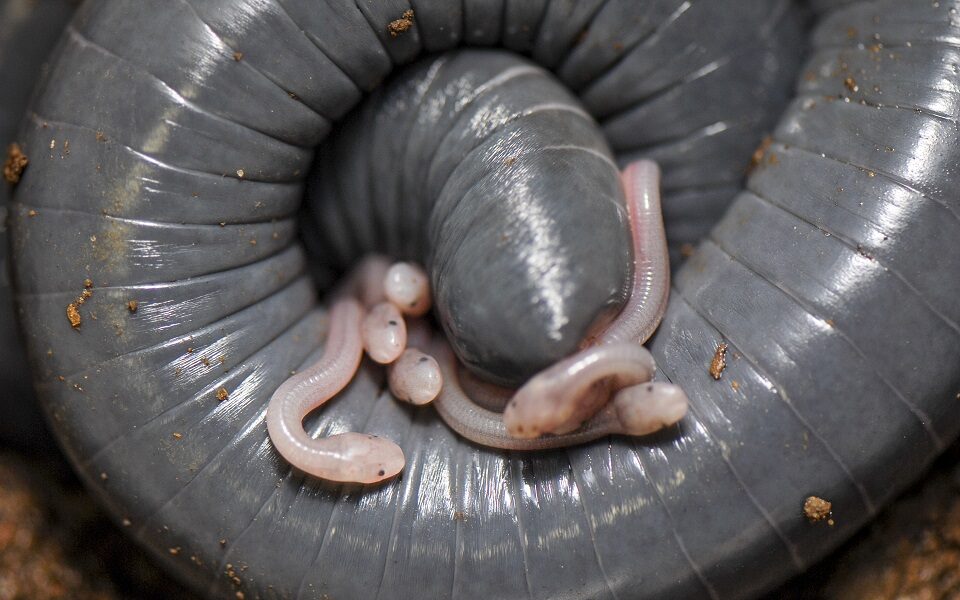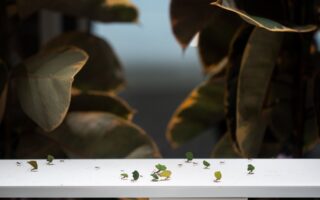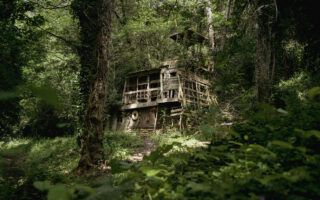Bizarre, wormlike and oozing milk for their babies

Motherhood takes many shapes. Most vertebrates, including birds, reptiles, amphibians and fish, reproduce by laying eggs filled with nourishing yolk that their offspring use as an initial source of nutrition before hatching. Mammals change the game by giving birth to live young and feeding them fatty, sugary milk as they get on their feet.
But nature breaks rules all the time, and the latest animals to confound the yolk vs. milk binary are caecilians, the egg-laying, legless amphibians that look like worms. Research published Thursday in the journal Science suggests they feed their hatchlings a milk-like substance too, but from their behinds. This behavior is unknown in amphibians.
It adds to the curiousness of caecilians, who were known for feeding hatchlings skin ripped off mom’s back as a postnatal nutritious snack.
“It’s like they’re from another planet,” said Carlos Jared, a caecilian researcher at the Butantan Institute in Sao Paulo, Brazil, and an author of the study. “For me, they’re like Martians.”
Caecilians are “one of the least understood” vertebrates, Jared said. Because they spend most of their lives underground, they are difficult to find and even harder to study.
Since 1987, his team has been musing about caecilians making milk. After several trips to the cacao plantations in the Atlantic Forest of Brazil, his team managed to collect 16 mothers of the Siphonops annulatus species of caecilians, and their numerous hatchlings. Each mother has four to 13 babies. Back in the lab, they filmed each family during the two months from hatching until the wormy amphibians became independent.
Each mother never left her litter, not even to feed, and the hatchlings wriggled around on her back and nuzzled up to the end of her body. This is where the offspring excitedly compete to nibble a white, viscous liquid from the mother’s cloaca, placing their heads almost inside it.
The puppies suck on this milk several times a day, growing to more than twice their size in their first week. When pharmacologists examined the substance, which is produced in special glands in the caecilian mother’s oviduct, they found it was fatty and rich in carbohydrates, just like mammal milk.
Crucially, the videos show the baby caecilians energetically slinking onto the mother, then making high-pitched clicking sounds as they appear to ask for this milk-like substance.
“They cry, they emit sounds, click click click click, it’s like a begging behavior,” said Pedro Mailho-Fontana also of the Butantan Institute, who pored over the hours of video.
Milk-feeding and this type of communication between parents and the young has not been found in other amphibians.
“It’s very unique,” Mailho-Fontana said. Milk-feeding could kick-start the hatchling’s microbiome and immune system, as in humans. Because not all of the hundreds of caecilian species lay eggs – some give birth to live pups that have already scraped at the mother’s skin with their tiny hook teeth from inside the womb – his hunch is that this odd combination of laying eggs while also producing milk is an evolutionary step to go from one birthing method to the other.
“Evolution happens in different and nonlinear ways,” Mailho-Fontana said.
Or maybe caecilian moms are simply doting parents using different nourishing techniques, according to Marvalee Wake, professor of integrative biology at the University of California, Berkeley, who was not involved in the study.
But these findings are just a starting point: It’s still unclear whether any other caecilian species are doing this, and how, why, when or where this amphibian milk came from evolutionarily, Wake said.
There are a variety of “totally strange” reproductive techniques and life histories in the world of amphibians, said David Blackburn, curator of herpetology at the Florida Museum of Natural History, who was not involved in the study. Sometimes they’re so weird, though, that science takes a long time to fully piece them together. The species, he added, was first identified in 1822. “So it only took us 200 years, is that right, over 200 years to discover this,” Blackburn said. “Caecilians continue to surprise.”
He wonders about the other 200 or so caecilian species out there.
“OK, now we’ve got skin feeding, and cloaca milk,” Blackburn said. “What else is there?”
This article originally appeared in The New York Times.






